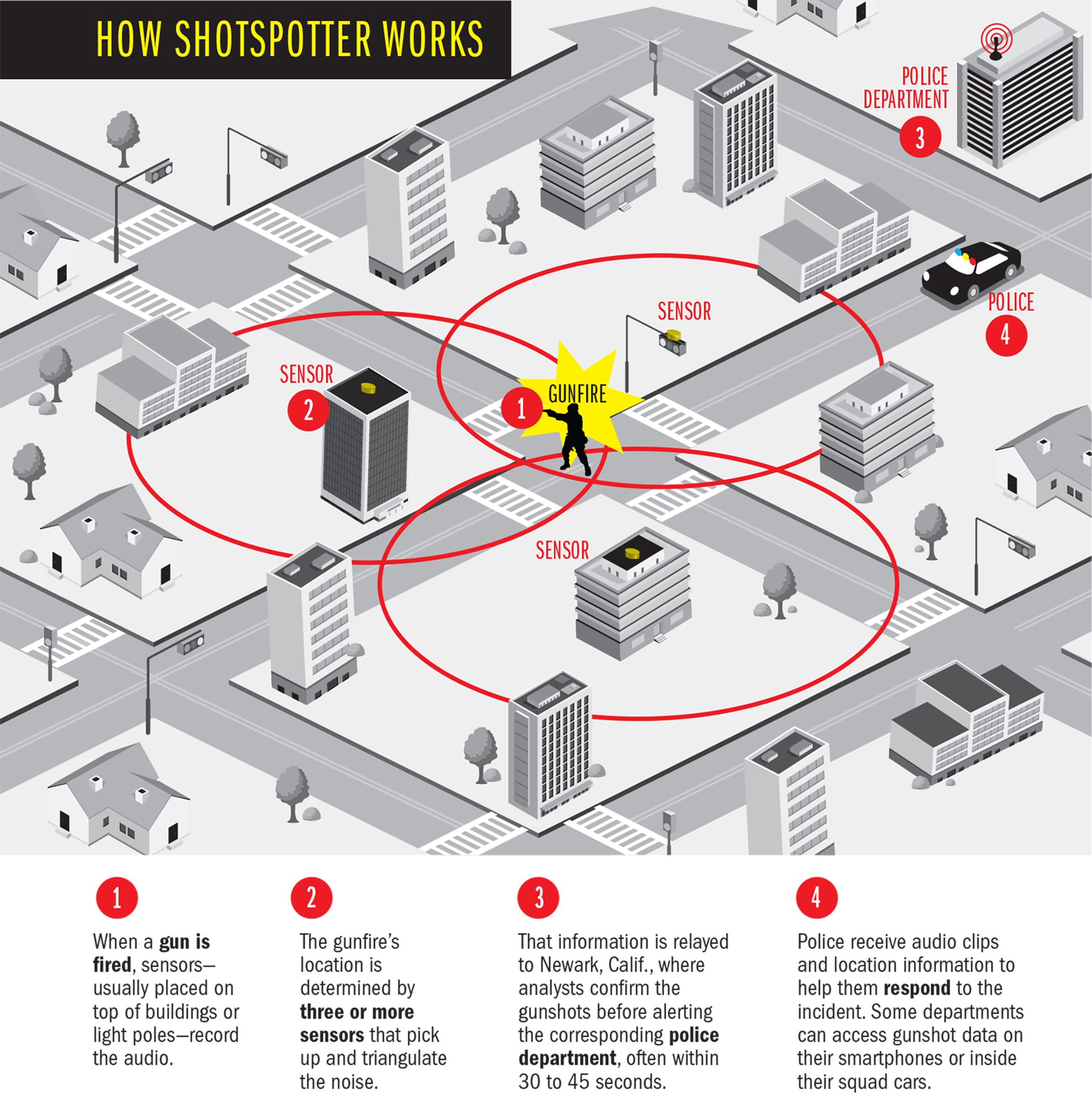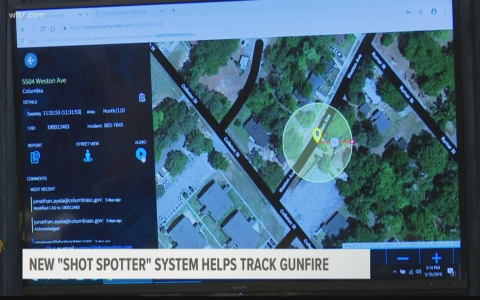Today, I was digging around on the internet, trying to figure out something called “ShotSpotter” technology. I’d heard the name tossed around, but had no clue what it actually did. So, I went on a little research mission, and here’s how it went down.
First Steps: Basic Searching
I started with the obvious – a simple search for “what is ShotSpotter technology”. This brought up a bunch of articles and websites. I skimmed through a few, trying to get the general idea.

Diving Deeper: Understanding the Mechanism
From what I gathered, ShotSpotter is basically a system that uses sensors to detect and locate gunshots. I was like “whoa, really?”, it’s like something out of a sci-fi movie!
- Sensors Everywhere: I found out they install these sensors all over the place, usually in high-crime areas.
- Listening for Sounds: These sensors are constantly listening for loud, sharp noises that sound like gunshots.
- Triangulation: If multiple sensors pick up the same sound, the system uses triangulation (that old geometry thing!) to pinpoint the location of the shot.
- Alerting the Authorities: Then, it sends an alert to the police, with the location, pretty much instantly.
The Why: Purpose and Benefits
I was curious about why this technology even exists. So I kept digging, and realized, it’s all about speed.
Traditional methods of reporting gunshots often rely on people calling 911. But with ShotSpotter, police can potentially respond much faster, maybe even before anyone calls. This could mean catching the shooter quicker, or getting help to victims faster. Makes sense, right?
Potential Downsides: Concerns and Controversies
But it wasn’t all sunshine and rainbows. I also found some articles that pointed out potential problems.
- Privacy:The sensors are able to pick up human voice.
- Accuracy Issues: Some sources mentioned that the system can sometimes mistake other loud noises (like fireworks or a car backfiring) for gunshots.
The Wrap-Up: Still Learning
So, after spending a good chunk of my day reading about ShotSpotter, I feel like I have a much better grasp of it. I also realized that there are still a lot of ongoing discussions and debates about its effectiveness and impact. There are people on all sides of this issue, and it’s definitely more complex than I initially thought!















